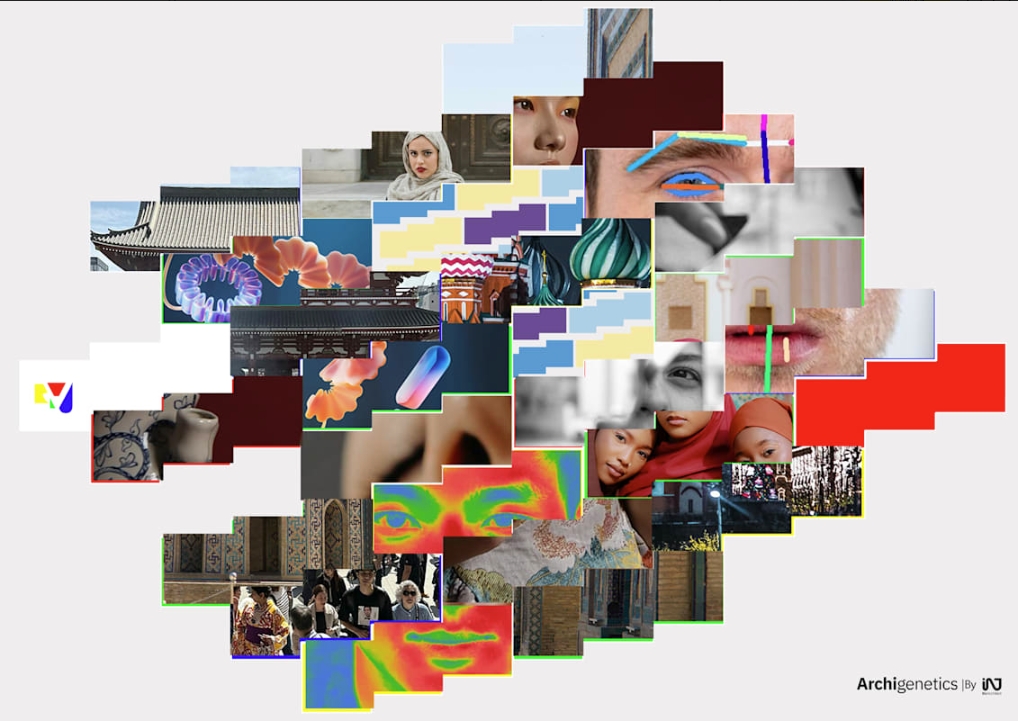Do Buildings Resemble Their Makers? A New Study Explores the Hidden Connection

Across centuries and continents, architecture has always carried the signature of its people, not just in technique or material, but in something far more subtle. A new visual research study has uncovered a surprising alignment between human facial traits, traditional clothing, and the way buildings are
Why do places look like their people?
This question sparked a detailed visual study that examined patterns across civilizations, comparing facial structures, traditional clothing, and architectural forms. The research aimed to explore whether beauty is purely cultural, or if it’s shaped by something deeper: biology, form, or even genetics.
By analyzing facial symmetry, nose-to-chin ratios, eye spacing, and correlating those with patterns found in religious buildings and traditional homes, the study traced how collective aesthetic choices may echo the physical traits of the societies themselves.
It also looked at fashion, posture, and historical mobility, asking: why do certain nations prefer domes? Others, spires? Some favor repetition, others asymmetry?
Visual overlays, mapping exercises, and cross-cultural comparisons revealed a compelling visual alignment between the human form and the spaces we construct around us.
After months of testing and interpretation, the lead researcher behind the project, architect Ibrahim Nawaf Joharji, founder of INJ Architects, concluded with what may soon be considered a new theoretical framework.
He called it: Archigenetics — the belief that architecture and aesthetic preferences may be subtly encoded in our biology. And he summarized it in one striking phrase:
“We don’t just build what we like… we build what we are.”
The full research paper is now publicly available: https://injarch.com/featured_item/archigenetics.
Media Contact
Company Name: INJ Architects
Contact Person: Ibrahim Nawaf Joharji
Email: Send Email
Address:Al Rawdah
City: Jeddah 23435
Country: Saudi Arabia
Website: https://injarch.com


